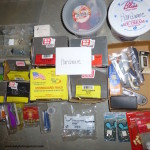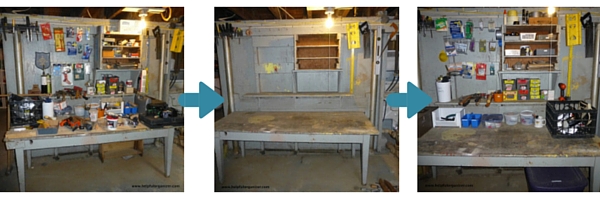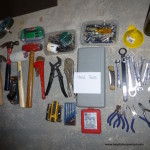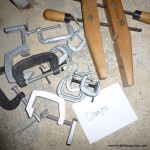How to Decide When It’s Time to Organize
 How often do we organize? Do we let the mess and clutter build and build before you reclaim order? How do we decide when it’s time to organize? The answers to these questions vary for each individual, based on tolerance and desire.
How often do we organize? Do we let the mess and clutter build and build before you reclaim order? How do we decide when it’s time to organize? The answers to these questions vary for each individual, based on tolerance and desire.
Every individual has their own personal level of tolerance for disorder, meaning how much mess they are willing to live with before they clean it up. If we have a low tolerance for disorder, we don’t allow mess to happen or spread. However, if we have high tolerance for disorder, we find that clutter grows and spreads before we realize it’s out of control.
Additional, every individual has their own personal desired level of order, meaning how much clutter they can live with before they take action and remove it. If we desire a high level of order, we have systems in place that prevent clutter from happening. However, if our desire for order is low, we allow the mess to get out of control.
The best solution is to determine when it’s time to organize, and then take action before the mess and clutter get out of control. Here are 3 basic guidelines we can use to determine when it’s time to take action and organize.
- Time Guideline
- Quantity Guideline
- Visual Assessment Guideline
A Time Guideline is when we use a specific time or day as the cue to take action and organize. Here are a few examples. Every night before eating dinner, we put away what’s collected on the kitchen/dinning room table. Every night at 8:00PM, we organize and prepare for the next day. The last Saturday of every month, we take care of recycle items and donate items. Every September, we clean out the garage.
A Quantity Guideline is when we use a specific unit of measure to determine when it’s time to take action and organize. Here are a few examples. When our inbox is an inch deep, we process all the mail. When the shred box is full, we empty it by shredding it’s contents. When the magazine rack is full, we remove and recycle 5 magazines. When we have two weeks worth of old newspapers, we recycle them.
A Visual Assessment Guideline is when you use a specific visual cue to determine when it’s time to take action and organize. Here are a few examples. When we can’t see the desk, we organize the desk. When the floor of the walk-in closet is hidden, we organize the closet. When there are too many items on the kitchen counter, we clear it off and put things away.
Based on our personal tolerance and desire we’ll be drawn to a specific type of guideline. The key is to find guidelines that work and stick with them, because trouble occurs when we don’t establish any guidelines, we ignore our guidelines, or we’re unable to maintain our guidelines.
So, the best way to decide when it’s time to organize is to first look at our tolerance for disorder and our personal desired level of order. Second, establish organizing guidelines. Third, follow the guidelines that have been established. Remember, the best guideline is the one we will DO.
© February 2016 Janine Cavanaugh, Certified Professional Organizer® All Rights Reserved



 Have one empty container in each room of the house. At the end of each day, go room by room, and put any clutter that has accumulated into the empty container. At the end of each week, remove the contents of each container by putting items where they belong and tossing what you don’t need.
Have one empty container in each room of the house. At the end of each day, go room by room, and put any clutter that has accumulated into the empty container. At the end of each week, remove the contents of each container by putting items where they belong and tossing what you don’t need.


 Once a year host a party or event. This is great incentive to organize and de-clutter. In fact, having guests over is the number one motivator for getting organized.
Once a year host a party or event. This is great incentive to organize and de-clutter. In fact, having guests over is the number one motivator for getting organized.








Follow Me